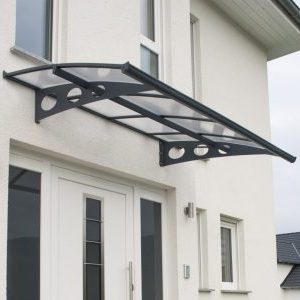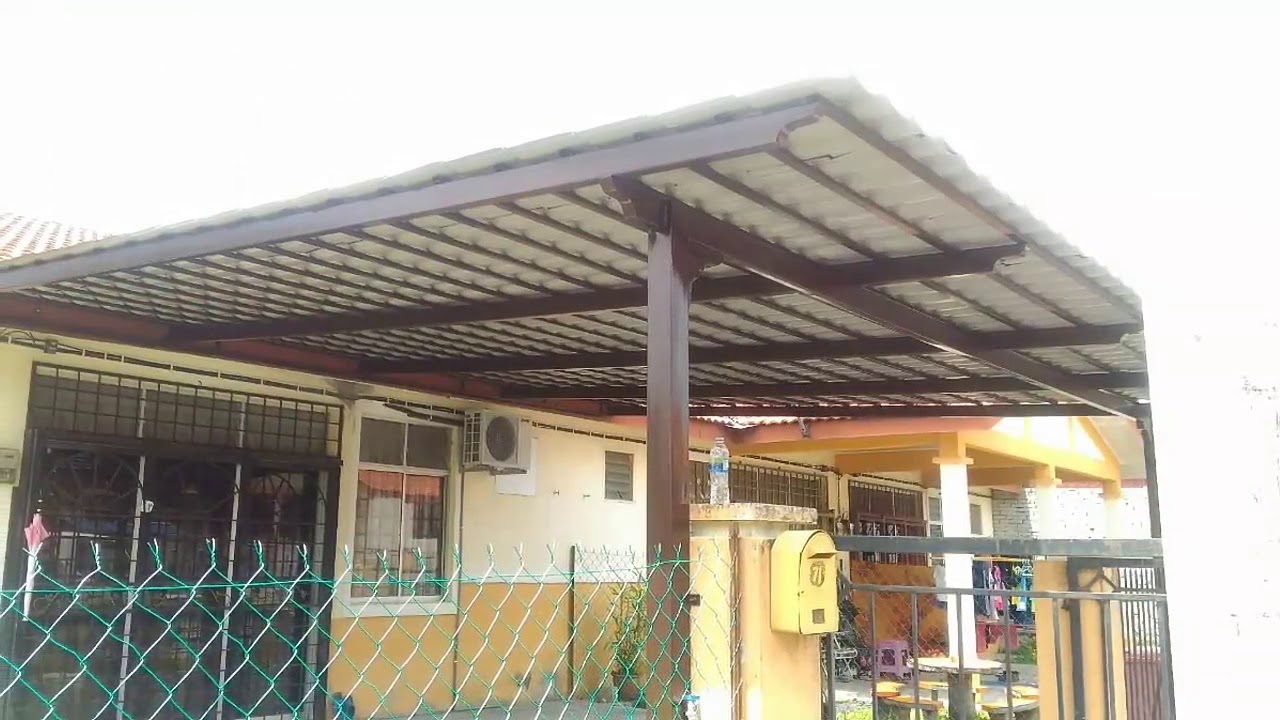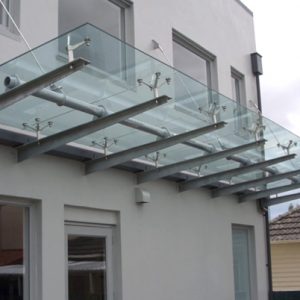Awning
An awning is a versatile outdoor covering typically made of fabric or metal, mounted above windows, doors, or patios to provide shade and protection from the elements. It can help reduce heat and glare from the sun, prevent rain from entering a space, and add a stylish touch to a building’s exterior. Awnings come in various styles, including retractable, fixed, and freestanding, and can be customized to suit different architectural designs and needs.
Description
The Charm and Utility of Awnings: A Comprehensive Guide
Introduction
Awnings have been a staple in architecture and design for centuries, offering a blend of functionality and aesthetic appeal. From the bustling streets of ancient Rome to the modern-day storefronts and homes, awnings serve a multitude of purposes, enhancing the charm and utility of buildings.
History of Awnings
The use of awnings dates back to ancient civilizations. The Egyptians and Syrians were among the first to employ woven mats for shade. However, it was the Romans who popularized the use of awnings in public spaces, such as the Colosseum, where they used a massive retractable awning system known as the “velarium” to shield spectators from the sun.
During the 19th century, with the advent of industrialization, awnings became more widespread. The introduction of canvas and the development of iron and steel frames allowed for more durable and versatile designs. Awnings were commonly seen on storefronts, providing shade and shelter while also serving as advertising space.
Types of Awnings
- Fixed Awnings: These are permanently attached to a building and provide constant shade and protection. They are sturdy and can withstand various weather conditions.
- Retractable Awnings: These can be extended or retracted as needed, offering flexibility. They are popular in residential settings where homeowners may want the option to let in more sunlight or provide more shade.
- Freestanding Awnings: Not attached to a building, these awnings can be placed anywhere, such as over patios, gardens, or pools. They are versatile and can be moved as needed.
- Motorized Awnings: With the touch of a button, these awnings can be extended or retracted. They offer convenience and are especially useful for larger installations.
- Portable Awnings: Lightweight and easy to install, these awnings are perfect for temporary setups, such as outdoor events or markets.
Benefits of Awnings
- Energy Efficiency: Awnings can significantly reduce the amount of heat entering a building, thus lowering cooling costs. By providing shade, they reduce the need for air conditioning, making them an eco-friendly option.
- Protection from the Elements: Awnings protect windows, doors, and outdoor spaces from sun, rain, and snow. This can extend the life of exterior finishes and reduce weather-related damage.
- Enhanced Outdoor Living Spaces: Awnings can transform patios, decks, and gardens into comfortable outdoor living areas. They provide a shaded area for relaxation, dining, and entertaining.
- Aesthetic Appeal: Available in a wide range of styles, colors, and materials, awnings can enhance the visual appeal of any building. They add character and can be customized to complement the architectural style of a property.
- Increased Property Value: Well-designed awnings can add value to a property. They improve curb appeal and can be an attractive feature for potential buyers.
Materials and Maintenance
Awnings are made from various materials, including canvas, acrylic, polyester, and metal. Each material has its own advantages:
- Canvas: Traditional and breathable, but may require more maintenance.
- Acrylic: Durable and resistant to fading, suitable for areas with high UV exposure.
- Polyester: Lightweight and easy to clean, often coated for extra protection.
- Metal: Extremely durable and low-maintenance, ideal for fixed awnings.
Regular maintenance is essential to prolong the life of an awning. This includes cleaning the fabric or metal, checking for signs of wear and tear, and ensuring the mechanisms of retractable and motorized awnings are functioning correctly.
Conclusion
Awnings are a versatile addition to any property, offering a blend of practical benefits and aesthetic enhancements. Whether for residential or commercial use, they provide energy efficiency, protection from the elements, and an improved outdoor experience. With a variety of types and materials available, there is an awning solution for every need and style. Investing in quality awnings not only enhances the look of a building but also contributes to its functionality and value.




Reviews
There are no reviews yet.